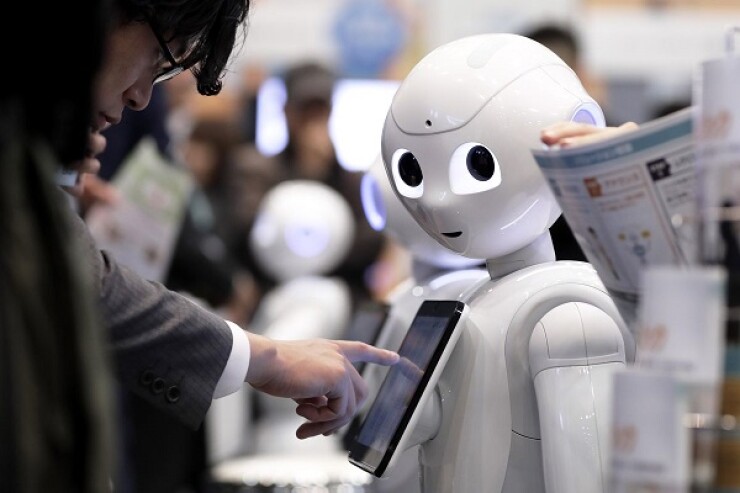On the surface, artificial intelligence voice assistants like Siri, Alexa, Cortana and Google Assistant seem smart, connected and somewhat human.
They handle queries well and use natural speech to share information, news and keep you updated. But every so often, their true nature is exposed and they fail to come up with a proper response. In these moments, you are reminded more than ever that they’re just computer-based systems.
What’s the key to eliminating said quirks and truly launching modern AI systems and assistants into the annals of human achievement? How can developers and software engineers craft an AI machine that is truly lifelike?
Researchers
The CMU agent is called Evorus. It uses a rather unique method to authenticate speech and build new working profiles. Humans are simultaneously using and training the system’s AI, teaching it more about natural speech and ultimately helping it become less dependent on humans.
It “recruits” human workers on demand, thanks to the Amazon Mechanical Turk platform, in an effort to answer questions posed by users. Crowd workers then vote on the best answer provided.

As part of its training, Evorus monitors and records the questions, answers and communication between users. It will then later suggest the answers given — remember, the ones that are best voted by peers — for new questions that are posted.
Essentially, this means the AI is using real human responses and communication to answer future questions, albeit with its own form of input.
On a simpler level, Evorus is using real human interactions, speech and feedback to become smarter and better. Applied in other constructs for similar AI systems, developers can really push the limits of their AI platforms, giving them not just more human and life-like speech patterns, but also more accurate responses.
What Can Human-Based Feedback and Training Do for AI?
Evorus is far from the only artificial intelligence using human feedback and interactions to learn and grow.
In fact,
There’s something to be said about incorporating these features and functions in the development stage of an AI or automated toolset.
Evorus, for example, is still technically in its infancy. While the core systems and components of the AI were developed and deployed, it’s not exactly in what you would consider a “finished” state. This requires a new form of development philosophy that doesn’t center on providing a complete product, if you will, before shipment or launch.
Believe it or not, we’ve seen the same approach in the videogame industry, where companies release
Essentially, it relies on a new development approach that takes user input, feedback and experiences and rolls them into the future creation, editing or growth of a product. In the case of an AI like Evorus, the same exact thing is happening, only the system or AI is doing the growing.
How Does This Affect Business Intelligence?
While more natural and human-based training does have incredible potential, it’s difficult to imagine this form of AI being used in business-centric processes such as the collection or analyzation of current intelligence. You could not hope to trust a novice or “growing” system with such highly-sensitive systems — or could you?
It begs the question: What can IT professionals do to better incorporate AI into business intelligence processes so that it delivers safe, guaranteed results?
It hasn’t been done yet, but if Microsoft and Cortana’s developers were to introduce a form of human-based training for the platform, that information could be fed back into other areas of the technology, such as Avenade’s.
This highlights how beneficial active development can be for a system that relies on continuous training, and yet is still in use. In the cases of accuracy and trustworthiness, the system is already in use elsewhere, so the reputation is there.
It does make things difficult for a new system or startup to make this happen, but the presumption is that the AI wouldn’t be made available until it was capable enough to handle basic analytics and related tasks.
All-in-all, the addition of human-powered training and education can be largely beneficial for the state of artificial intelligence.
The biggest concern with most of these systems is, after all, making sure they interact with humans in a more natural and less invasive way.
Allowing them to observe, communicate and work alongside humans is one way to help them learn to be better counterparts.





